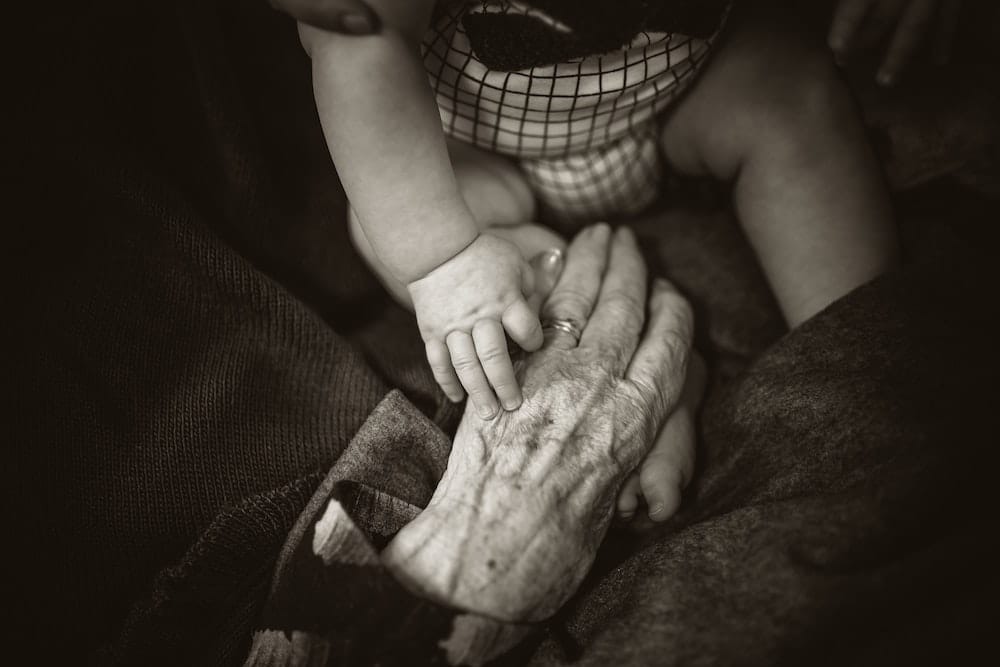Pieter C. Barnhoorn is a GP and PhD candidate at Leiden University Medical Center, Leiden, The Netherlands.
The coronavirus epidemic has forced GPs to implement remote consultations, minimise face-to-face contacts, keep our distance and put an end to shaking hands. This mandatory distance between doctors and patients, has shown us the importance of touch in our healthcare system. Temporary social distancing offers us the opportunity to reflect on seemingly minor healthcare practices, ‘the little things,’ that distinguish technical competence from healing.¹
The communication between doctor and patient is more than just “the exchange of information”. Its Latin equivalent communicare contains the term communis, meaning ‘common’ or ‘general.’ In turn, ‘communis’ is a compilation of com, meaning ‘with,’ and munire, meaning ‘to build.’ Communication as jointly constructing meaning and a narrative.
We do not shake hands. We keep our distance.
Incorporating the little things into a fixed, attentive routine, to be carried out during each instance of doctor-patient contact is simply to “be human, be personable.” Now, an important part of these little things is no longer available. We do not shake hands. We keep our distance. And when we suspect a corona infection, we shield ourselves from the patient with protective suits, face masks and safety goggles.
Shielding oneself and maintaining distance makes providing humane care exceedingly difficult.
We prefer to consider the doctor a purely objective observer. He examines, feels, and listens to the object in front of him: the patient’s body. And only when there is no other instrument available, which he can place between himself and the patient. Instead, his hand becomes an instrument itself, like all the other instruments in his medical toolbox. He uses it to search for irregularities. An anomalous swelling, a roughness of the skin, a dull note during percussion. The doctor a machine and the patient an object. Of course, such an image is problematic as the patient’s body, like the doctor’s, is more than just an object. This is illustrated by a well-known example from phenomenology — the right hand touching the left hand. When we touch our left hand with our right, we feel skin, and underneath it, muscles, tendons, and bones. But our left hand also experiences touch, the same way our right hand does.
Touching is a two-way street. We can see without being seen, hear without being heard, and smell without being smelled. But one cannot touch without being touched, or experience touch without touching. When we are dealing with the body, the strict separation between object and subject disappears. After all, we do not only have a body. We are our body.
When we approach patients as mere objects, we abandon our patients as well as ourselves.
It is a bit too early to draw Great Lessons from the age of corona. We do realise the value of touch in healthcare, now that we must do without it. Fortunately, there are other methods for establishing contact and building warm, healing relationships. We must now use these methods consciously and more frequently. I sincerely hope that we shall feel compelled to appreciate touch again, once we have freed ourselves from the protective suits, face masks and safety goggles. There are already so many barriers between doctors and patients. A technical, cold intervention does not produce the beneficial healing properties that a warm presence, and a comforting hand on the shoulder does.
References
1. Schenck D, Churchill L. Healers: extraordinary clinicians at work: Oxford University Press; 2011.
2. Otten WJ. Ons mankeert niets: GA van Oorschot; 1994.






